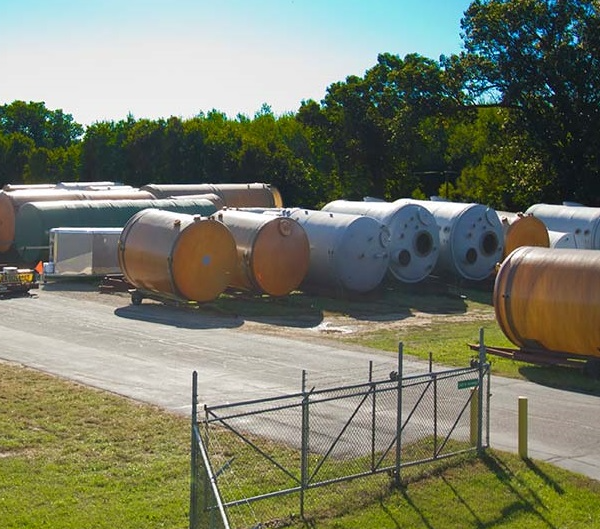
In today’s fast-paced world, effective communication and advertising are more crucial than ever. Among the myriad of tools available, LED signs stand out for their brightness, versatility, and energy efficiency. From storefronts to billboards, these signs have become a staple in modern advertising and business communication. This blog explores the numerous benefits of LED signs and their diverse applications, shedding light on why they are the future of visual communication.
The Advantages of LED Signs
1. Energy Efficiency and Environmental Impact
One of the most significant advantages of LED signs is their energy efficiency. LEDs (Light Emitting Diodes) consume far less power than traditional incandescent or fluorescent lights. This efficiency translates into lower electricity bills and reduced environmental impact. Businesses and organizations can benefit from the long-term cost savings and lower carbon footprint, aligning with global trends towards sustainability.
2. Brightness and Visibility
LED signs are known for their exceptional brightness and visibility. Unlike traditional lighting, LEDs can produce intense light without generating excessive heat. This feature makes them ideal for outdoor applications, where visibility in various weather conditions is crucial. Whether it’s a bright sunny day or a foggy evening, LED signs ensure that your message is seen clearly.
3. Versatility and Customization
Another key benefit of LED signs is their versatility. They can display a wide range of content, from simple text to complex animations and videos. This flexibility allows businesses to customize their messages and update them as needed. With programmable LED signs, companies can easily change their advertisements to promote new products, sales, or events. This dynamic capability makes LED signs a powerful tool for marketing and communication.
4. Durability and Longevity
LED signs are built to last. They are more durable than traditional lighting options, as they are resistant to shock, vibration, and external weather conditions. This durability is complemented by the long lifespan of LEDs, which can last up to 50,000 hours or more. This longevity reduces the need for frequent replacements, further contributing to cost savings and minimizing waste.
5. Low Maintenance
Due to their robust design and long lifespan, LED signs require minimal maintenance. Unlike traditional signs that may need frequent bulb replacements or repairs, LEDs are relatively hassle-free. This reliability makes them a practical choice for businesses looking to reduce maintenance costs and downtime.
Applications of LED Signs
1. Retail and Commercial Advertising
LED signs are a popular choice for retail and commercial advertising. They attract attention with their bright and colorful displays, making them ideal for storefronts and shopping centers. Retailers can use LED signs to showcase promotions, highlight special offers, or simply enhance their brand visibility. The ability to update content quickly and easily allows businesses to stay relevant and responsive to market trends.
2. Public Information and Safety
In addition to advertising, LED signs play a crucial role in public information and safety. They are widely used in transportation systems, such as airports, train stations, and highways, to provide real-time updates and important information. For example, LED signs can display traffic updates, weather warnings, and emergency alerts, helping to keep the public informed and safe.
3. Sports and Entertainment Venues
Sports arenas and entertainment venues often use LED signs to enhance the spectator experience. These signs can display live scores, player statistics, and other relevant information, keeping fans engaged and informed. Additionally, LED signs can be used for dynamic lighting and visual effects, adding to the overall atmosphere of events.
4. Corporate and Institutional Communication
Businesses and institutions use LED signs for internal communication and branding. In corporate settings, they can display company announcements, motivational messages, or health and safety reminders. Educational institutions use LED signs to share important updates with students and staff. The ability to customize and update content makes LED signs a versatile communication tool for various environments.
5. Outdoor and Digital Billboards
The use of LED technology has revolutionized the billboard industry. Digital billboards, equipped with LED displays, offer unparalleled flexibility and visibility. Advertisers can run multiple campaigns on a single billboard, scheduling different ads at different times of the day. This capability maximizes the use of advertising space and allows for targeted marketing strategies. The high brightness and clarity of LED displays ensure that ads are visible even from a distance, day or night.
Conclusion
LED signs are more than just a modern replacement for traditional signage; they are a versatile and powerful tool for communication and advertising. Their energy efficiency, brightness, and adaptability make them ideal for a wide range of applications, from retail and public information to sports venues and corporate communication. As technology continues to advance, the capabilities of LED signs will only grow, offering new and exciting opportunities for businesses and organizations.
Investing in LED signs is not just a smart business decision; it’s a step towards a more sustainable and dynamic future. Whether you’re looking to enhance your brand visibility, engage with customers, or provide vital information, LED signs offer a reliable and effective solution. As we move towards a more digital and connected world, LED signs will undoubtedly play a crucial role in shaping the way we communicate and interact with our surroundings.










